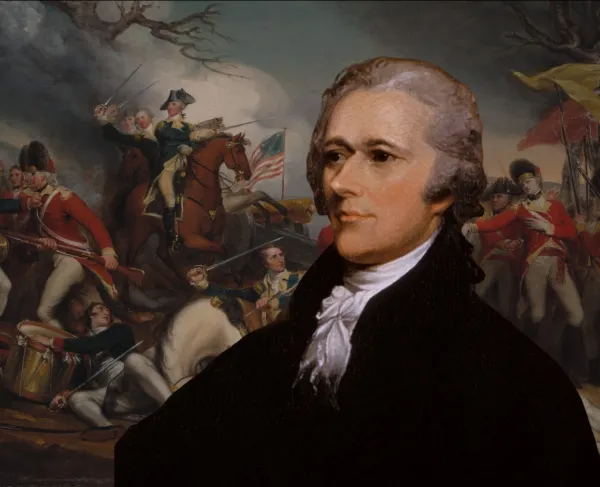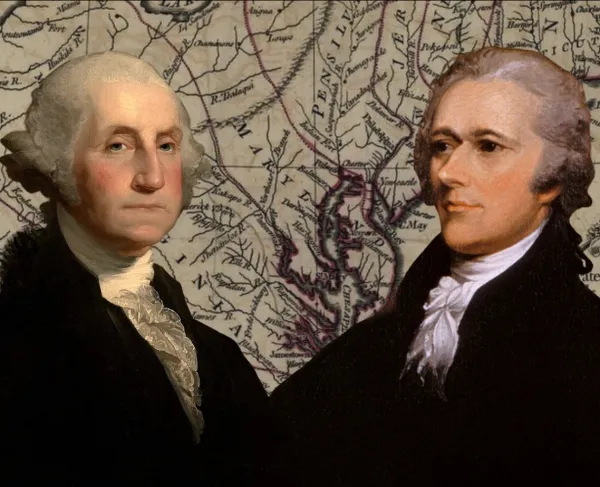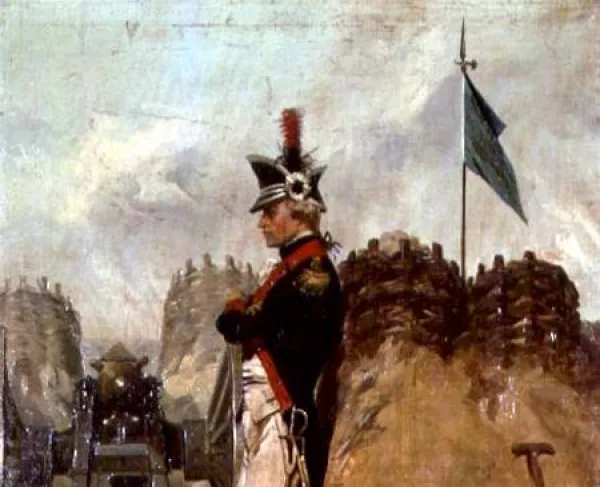History Has Its Eyes on … Hamilton
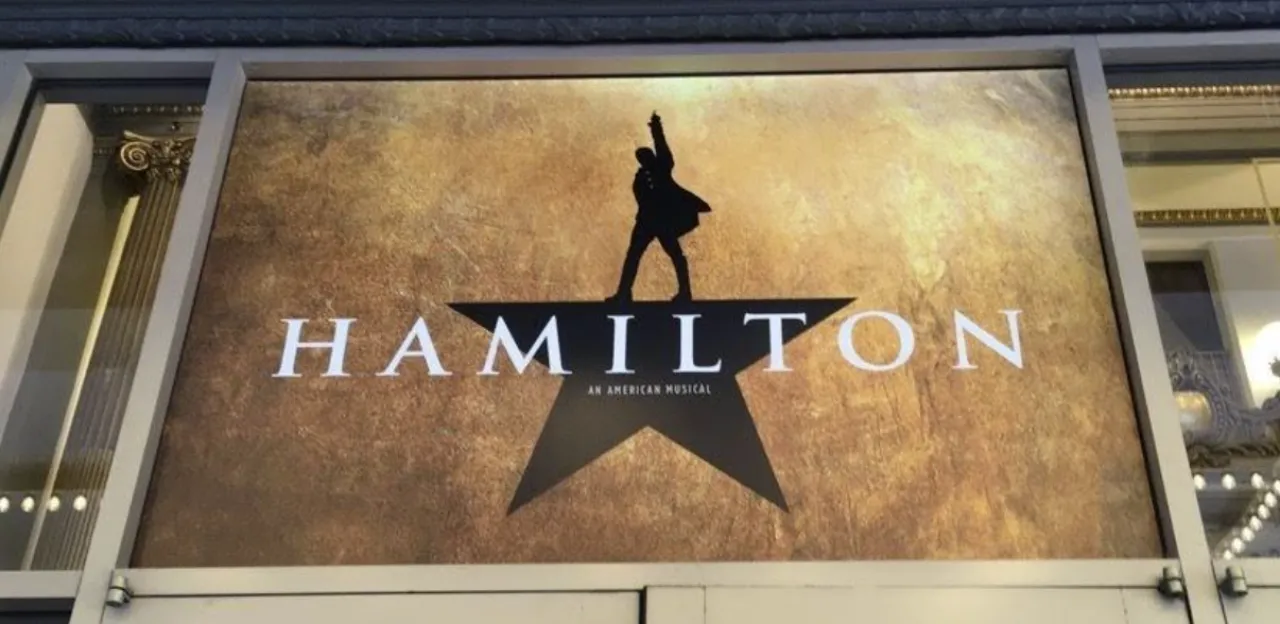
I can still pinpoint the moment when I fell in love with American history: Sitting in a fancy, red-cushioned seat, clutching a Playbill in hand, and witnessing history revived on a stage in the form of Hamilton. The play far exceeded the incredibly high expectations I had set for my first Broadway experience. The theater, with its high arching ceiling and balcony seats, had served as the perfect vessel for the incredible story performed with seemingly endless talent. As I left the theater that night and then Chicago the next day, the captivating storytelling, emotional ballads, and spirited choreography never parted from my thoughts. It’s no wonder that this musical served as the spark for my interest in American history, although the biggest question that continues to simmer in my mind to this day wouldn’t form until much later: How accurate is Hamilton?
I wasn’t the only one either. Released on Broadway in 2015, Lin-Manuel Miranda’s Hamilton quickly soared to popularity across the nation. Based on Ron Chernow’s biography, Alexander Hamilton, it follows the personal and political life of Founding Father Alexander Hamilton—played originally by Lin-Manuel Miranda himself— through a blend of R&B, hip-hop, jazz, and Broadway music. Since its debut, the musical has quickly racked up numerous awards and nominations: sixteen nominations and eleven awards at the 2016 Tony Awards, the 2008 Grammy Award, eight Olivier Awards, and the Pulitzer Prize for drama. On Miranda’s website, one can even find the recordings of two of its songs performed live at the White House. It’s clear that Hamilton has made its mark on pop culture and merged together American history and Broadway in a way seldom seen before, but with praise has come criticism from countless voices—including numerous historians at the top of their field.
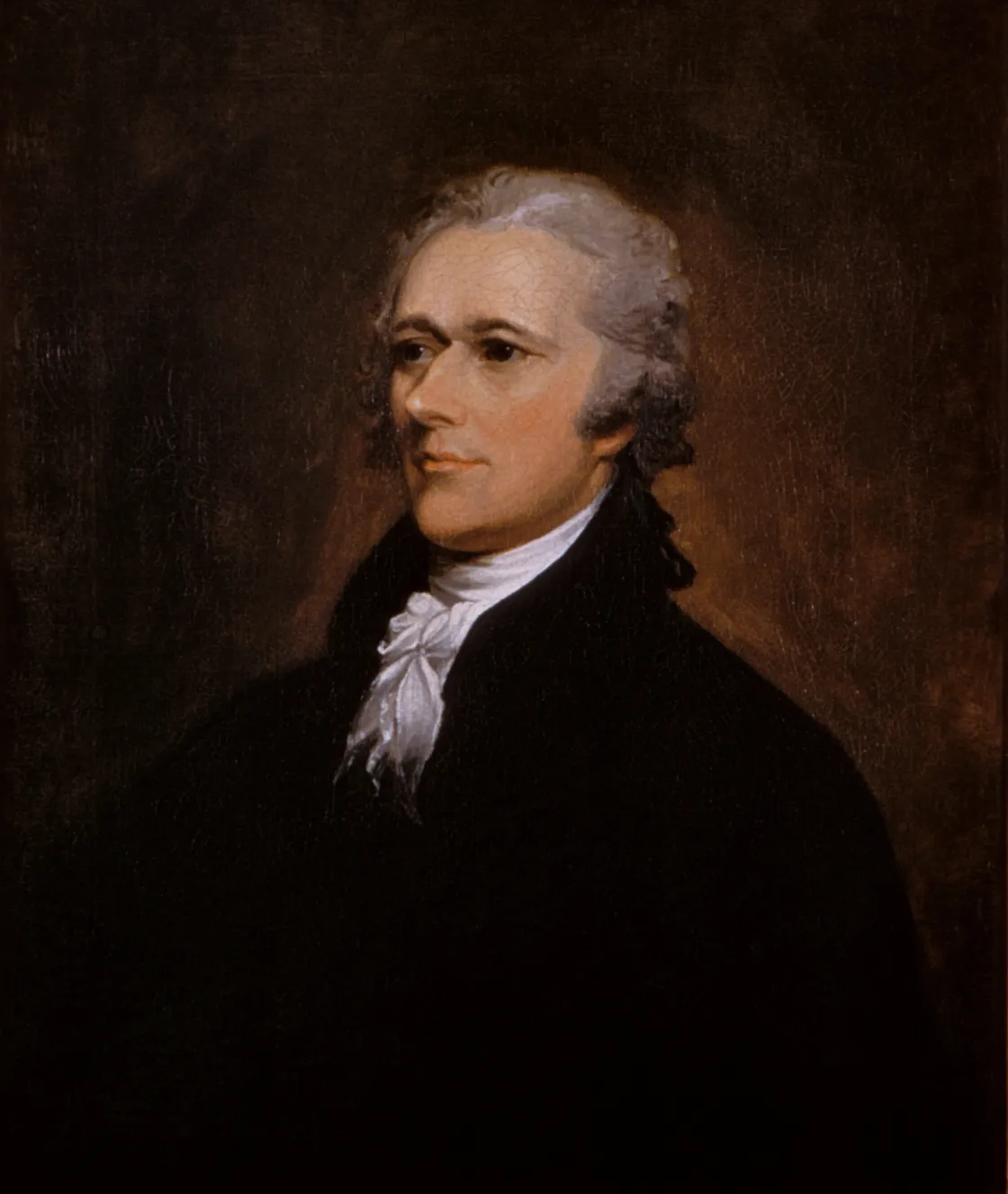
Another Immigrant Comin’ Up from…the Top?
Although there are debates over numerous elements of historical accuracy in the Broadway production, one has stood out to me in my exploration into Hamilton in the history scholar world: the portrayal of Hamilton as the lone immigrant rising up against all odds. Hamilton’s life is portrayed as the classic rags to riches story, with multiple lines in the opening song alluding to his poverty-stricken origins from the British West Indies: he is “Another Immigrant/Comin’ up from the bottom” who “struggled and kept his guard up.” As the company comes together for the chorus, they demand, “Will they know what you overcame?”
These lines paint Hamilton as the portrait of the “successful” immigrant, as destitute as the people he is leaving, achieving the American Dream against all odds—a dramatic oversimplification. Firstly, as author William Hogeland notes in the collection of essays Historians on Hamilton, immigration did not have the same context in the mid to late 1700s as it does today. Oftentimes, the contemporary immigrant story follows the narrative of immigrants bringing positive change to a new place, despite the prejudice and adherence to tradition of those dwelling in the place already. However, since Hamilton had arrived in a small set of British colonies, a place not yet embracing a distinct, fully-fledged national identity, there was simply no way for this successful immigrant story to exist. Hogeland states that, in essence, Hamilton was simply moving from one part of the British empire (the British West Indies) to another. Although, “Immigrants, we get the job done,” a line Hamilton and Lafayette sing knowingly in the song “Yorktown” is a fun and catchy phrase, it appeals more to modern audiences rather than late-1700s colonial society.
In her own essay later in the collection, Leslie M. Harris, an African American history professor at Northwestern University, also points out that Hamilton was part of the miniscule group of privileged elite on the ships headed to the North American colonies who were neither indentured (or in debt) nor enslaved—an incredibly advantageous head start by Hamilton-era standards. Furthermore, she notes that Hamilton would quickly find even more of an advantageous position through relations to a wealthy merchant family and a respectable clerkship. Furthermore, it is important to note that Hamilton is far from the only famed revolutionary war figure to come from low beginnings. Because the play juxtaposes Hamilton’s humble origins with that of generationally wealthy figures, such as Thomas Jefferson’s, and pays little attention to other figures of equally humble backgrounds, it was easy for me to assume that Hamilton was the exception (which made his story even more appealing). However, numerous others, such as Benjamin Franklin, who ran away from his family as a young man and supported himself in Philadelphia, came from similarly impoverished backgrounds. More shockingly, Hogeland also notes that Hamilton secured the mentorship of Robert Morris, the richest man in America by 1776. Another example of a rags to riches story, Morris was a vital part of financing the Patriots and another significant advantage for Hamilton. The fact that Morris isn’t mentioned in the Broadway is not only evidence of the many aspects missing from the discography, but also from the source material. According to Hogeland, Ron Chernow barely mentions this important figure in Hamilton’s life in his incredibly popular biography. In addition to calling into question what is often missed in accounts of Hamilton’s story, this unusual omission also illustrates that the show is far from the only popular source to simplify, condense, or exclude elements of history—nor should it be highly criticized for it.
The Finale
I’ve only skimmed the top of the vast debate surrounding Hamilton’s historical accuracy and cultural influence. For example, a larger—and more discussed—concern with the show is the inadequate depiction of slavery and the integral role that the founding fathers had in this institution. As for Hamilton specifically, many historians are concerned with the portrayal of him as a moral and just abolitionist—a far cry from the truth. Ultimately, however, while Hamilton may not be the epitome of historical accuracy, it has opened up the doors of the general public to learn about a significant aspect of history. In fact, without discovering it, I’m not sure whether I would have ever developed a passion for American History, much less written an article for a prominent non-profit organization dedicated to preserving and bringing life to American history. So thanks, Lin-Manuel Miranda, for bringing history to life in a way I could never have imagined. What Comes Next?:
Further Reading:
- Historians on Hamilton: How a Blockbuster Musical Is Restaging America's Past by Renee C. Roma
- Alexander Hamilton by Ron Chernow

